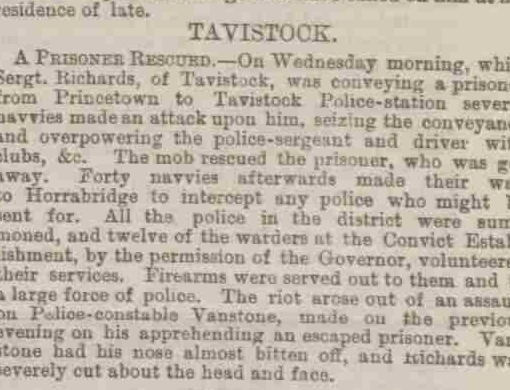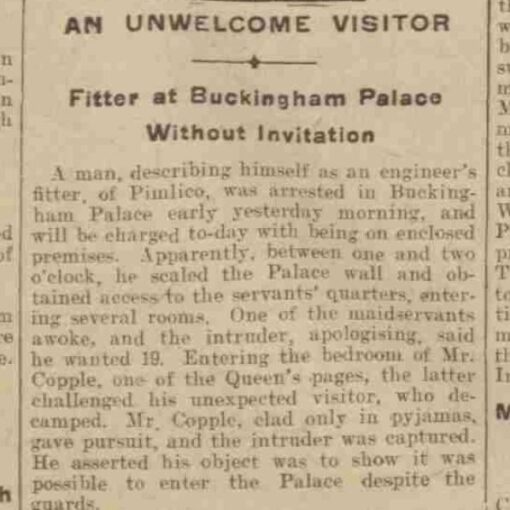 When they write the story of Queen Victoria the picture portrayed is generally that of a slightly stubborn, rather unhappy widowed monarch. In a way she had much to be miserable about.
When they write the story of Queen Victoria the picture portrayed is generally that of a slightly stubborn, rather unhappy widowed monarch. In a way she had much to be miserable about.
After giving birth to 9 children, the love of her life dying in 1861 and then seemingly spending the next 40 odd years surrounded by a household that consisted mainly of gossiping, conservative upper-class stuffy sycophants – who can blame her.
It’s my view that in actual fact Queen Victoria was a highly intelligent, creative, forward thinking and extremely frustrated individual. The “we are not amused” syndrome which seemed to embody her was in actual fact created out so many people who were so against anything apart from 19th-century stuffy social rules and counter regulations. In reality it was Victorian society itself who generated the “we are not amused” label – not Queen Victoria (she never used those words).
In 1897 the year of her Jubilee she very nearly refused to appear in public and in her own way threatened to go on strike because of the attitude of those around her. The truth of the matter was that Queen Victoria was at war with her very own household. And it was Royal Court that despised her liaison with Abdul Karim whom she had exalted to extraordinary heights. Apart from being a loyal Indian servant, Abdul Karim was in fact a confidant and Muslim teacher to the Queen. She doted on this man which further exasperated the Royal household and her immediate family.
The straw that broke the camel’s back was a series of photographs that were taken of the Queen and Abdul Karim and later published in The Graphic and other publications in October 1897. In one of the photographs the Indian servant is looking directly into the camera lens, whilst the Queen is apparently receiving lessons from him. But the nature of the photograph questions who actually is the master and who is the servant. These images sent repercussions around the Empire.
To the unsuspecting newspaper reader they are pictures of certain “interest” where Her Majesty is viewed in a somewhat different light. But for her immediate family it marked the beginning of the end of a relationship that for many was too intimate and lasting far too long.
If you click this link you will be up to see the original article and the plate that was created as an image from the original photograph. There is also a small editorial on the bottom right hand side of the page.
In hindsight 115 years on I think we can all make up our mind of the potential political and social timebomb that was building between the Queen Empress and her exalted servant.




